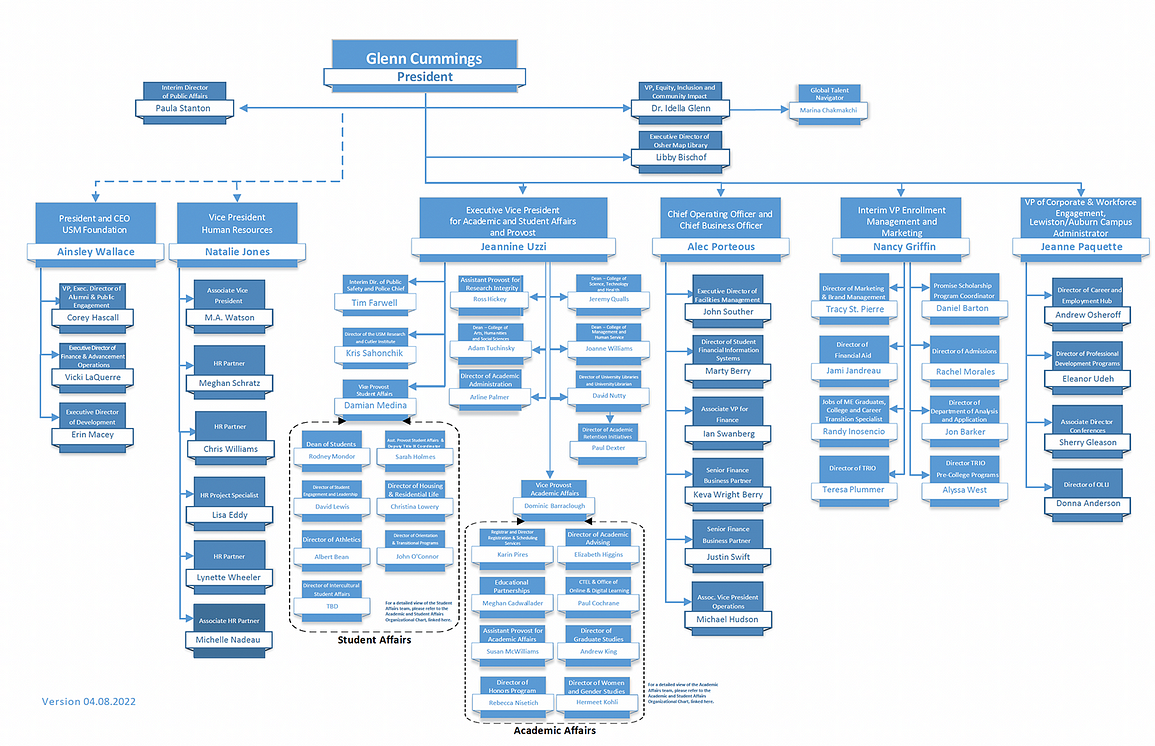In my recent article on Forbes.com, I argue that as states have legalized sports betting, or are in the process of doing so, and 26 have legalized gambling through online or mobile devices in addition to traditional in-person venues that athletes may be facing more online harassment, threats, and intimidation. What do you think?

Most states have legalized sports betting, or are in the process of doing so, and 26 have legalized gambling through online or mobile devices in addition to traditional in-person venues. With rapidly expanding participation in legal gambling, the potential for high stakes, and easy access to social media, might we be putting athletes at risk for threats or intimidation?
Sports Betting Is Big Business
Over the five years since a Supreme Court decision opened the way for states to legalize sports betting, an estimated $226 billion has been wagered in the U.S., generating over $18 billion in profits for bookmakers, and an estimated $3 billion in tax revenue supporting state budgets. An estimated 68 million U.S. adults bet on the NCAA “March Madness” basketball tournament alone, wagering around $15.5 billion on this one event.
Betting is not only popular as a pastime, but it is also valuable for the sports leagues. Professional and college sports leagues and teams expect to make billions of dollars from lucrative deals with the data companies that allow this gambling ecosystem to work. By cooperating, companies get access to valuable real-time data while games are being played, allowing for real-time wagering on in-game action, driving engagement and revenue higher. Other revenue streams, such as marketing and advertising, are likely to encourage more collaboration between colleges, leagues, and corporate interests.

Athletes And Those Around Them At Risk Of Gambling
Our college athletes and their coaching staffs, who fuel this industry with their dedication and exciting performances may be the only group not currently profiting from this booming industry. In fact, NCAA policy has strict limitations on gambling activity for its athletes, coaches, and affiliated staff.
Athletes can face serious fines, legal exposure, or lose eligibility to participate if they run afoul of the NCAA guidelines against gambling-even as the institutions promote gambling to fans, students, and community members. Dozens of athletes at Iowa and Iowa State, for example, are being investigated for gambling-related activities, facing serious consequences. We have also seen coaches investigated and sanctioned. Yet this is against a backdrop of pervasive on-campus gambling, with a survey of thousands of 18- to 22-year-old adults indicating that 67% of students living on campus actively bet on sports. Alarmingly, this same survey reported that 6% of respondents have lost over $500 in a single day betting on sports, which aligns with other research suggesting that college-age adults are at much higher risk for serious gambling problems.

Athletes Under Threat From Gamblers
In January 2023, the new gambling laws went into effect in Ohio, and within days we saw University of Dayton basketball players targeted with hateful comments online after dropping a fourteen-point lead late in the game. Just a few weeks earlier, Ohio State football players received death threats after a disappointing performance.
Unfortunately, abuse and death threats are not new, yet with the combination of broad access to social media and broad participation in sports betting, we can expect increased hostility, abuse, and threats to our athletes. The FBI and other regulatory agencies consider this a “growing issue” of concern, logging hundreds of instances of this undesirable behavior per year, and the abuse seems particularly prevalent when teams fail to “beat the spread,” or perform according to gamblers’ or bookmakers’ projections.
College and professional athletes already have tremendously stressful lives, and this surely will cause more challenges to maintaining a healthy and balanced life. University administrators, law enforcement, state regulators, and sports league officials have been discussing how to protect athletes, but currently, there are few protections or avenues for addressing these behaviors outside referral to law enforcement for the most egregious threats.
What Can We Do To Protect Athletes, Coaches, Officials, And Staff
These behaviors are complicated, and the solutions are likely to be challenging. Universities and sports leagues must first be aware of the problem, and work to educate athletes and those around them of the risks and likely challenges. We must provide resources to help our athletes cope with these challenges- education on how to protect oneself online, mental wellness resources and support, and active pursuit of offenders. Companies like SportRadar are already effectively working in this space to protect against threats, investigate bad behavior, and monitor for other challenges, such as match-fixing. We must allocate some of these new resources toward protecting the people and the systems that allow us to enjoy compelling sports.
State regulators must also be part of the solution. As leaders within each state, they have the power to create rules and punish offenders- as Ohio regulators have done in a growing number of cases. Unfortunately, because these activities are controlled by states, offenders banned in one state can slip through the cracks and engage in another state. Broader, national coordination may be necessary if we are seriously attempting to remove offenders from the system.
While there are no easy solutions, some other first steps could include:
- anonymous “hotlines” for athletes and other members of the sports community to report threats, intimidation, or interference, along with a nationally coordinated agency empowered to investigate and act on reports;
- developing and implementing comprehensive educational programming for campus communities and the athletes that participate in sports; and
- protecting athlete and staff privacy by helping everyone understand how to safely engage in social media and reviewing publicly available information that institutions share, such as directories and contact information.









